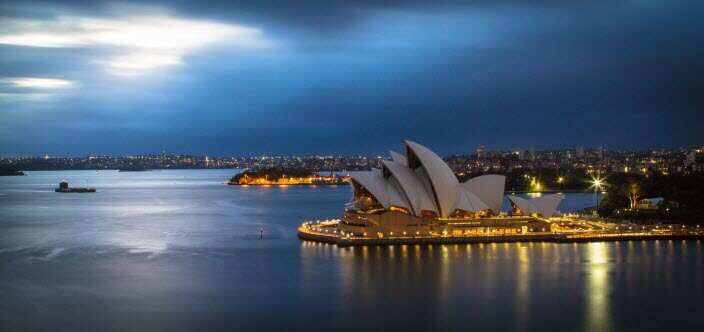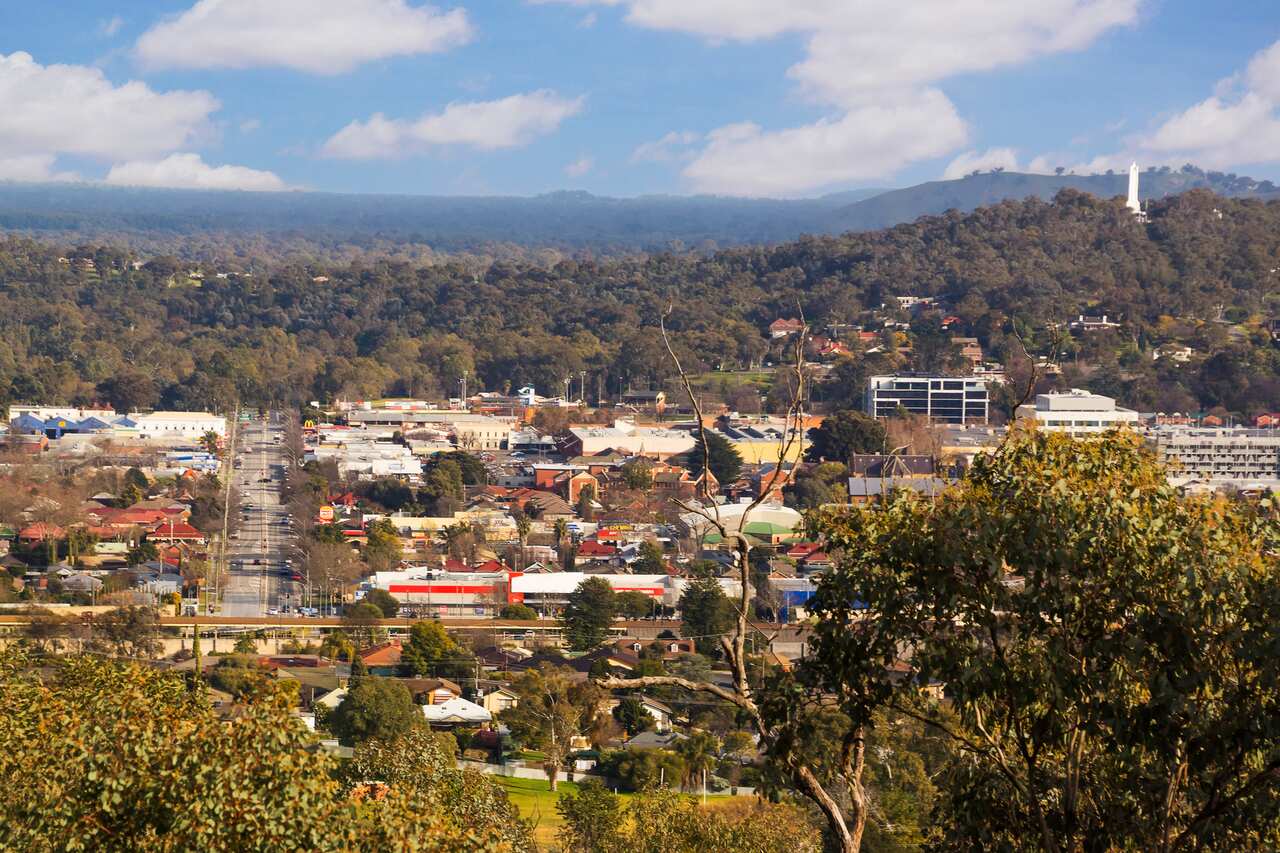The majority of all new migrants to Australia are settling in just two places, the Australian Bureau of Statistics has revealed.
As Australia's population gets set to hit 25 million years earlier than expected, the Department of Home Affairs divulged that at least 87 percent of all skilled migrants who arrived in the last financial year picked either Sydney or Melbourne as their new home. One such migrant is Ravinder Singh who dubbed Sydney “the land of opportunities” since he began calling the city home in January 2017.
One such migrant is Ravinder Singh who dubbed Sydney “the land of opportunities” since he began calling the city home in January 2017.

Sydney Harbour Bridge, Australia Source: Holger Link/Unsplash
Mr Singh told SBS Punjabi that he chose to settle in Sydney because it has more to offer than any other place in the country.
“I have left my country, my home back in India because I want to make [it] big in life. I’m already 30 and I want to buy a house as soon as I can manage to get one. And to make that happen, I have to stay in a city like Sydney which has more opportunities," he said.
“I know things are expensive here, but at least I have a job here and can make ends meet unlike my friends in Adelaide or Tasmania who are sitting jobless and dependent on money from home [India]". But the sheer magnitude of the growing populations of both Sydney and Melbourne poses tough challenges for the federal government which is now planning a new measures to offload new migrants towards rural and regional areas.
But the sheer magnitude of the growing populations of both Sydney and Melbourne poses tough challenges for the federal government which is now planning a new measures to offload new migrants towards rural and regional areas.

Cabramatta in western Sydney is a popular suburb for new migrants. Source: Bloomberg
“There are some areas feeling the population pressures particularly Melbourne and Sydney, while there are other regions in Australia which are crying out for more people,” Citizenship Minister Alan Tudge told the ABC.
"So I think we've got a distribution problem as much as anything else. And of course, we have to make sure that the infrastructure is being built in front of the demand rather than behind it, as we've seen in recent years."
Migration Consultant Jujhar Singh Bajwa believes new migrants will be willing to abide by the government's plan by moving to less populated regions as long as there are sustainable employment opportunities waiting for them ahead of their arrival. “Migrants will stay wherever the government will want them to stay. But if there are no employment opportunities, they will stay there [in regional areas] until they acquire a permanent residency and will eventually move to larger cities, as has been the trend,” Mr Singh Bajwa said.
“Migrants will stay wherever the government will want them to stay. But if there are no employment opportunities, they will stay there [in regional areas] until they acquire a permanent residency and will eventually move to larger cities, as has been the trend,” Mr Singh Bajwa said.

Albury in NSW, Australia. Source: Moment Open
“So to ensure they stay there [in regional areas], the government must strengthen the infrastructure and create long-term employment opportunities".
However, for Aneet Kaur, who has been living in Albury-Wodonga ever since her arrival in December 2014, what matters most to her is having "peace of mind".
"There may be lesser opportunities here, but I can't see myself living in a bustling city like Sydney or Melbourne where there is no calm", Ms Kaur told SBS Punjabi.
"I'd rather live within my small, limited means than toil in big cities for the sake of money."
Follow SBS Punjabi on Facebook and Twitter.
Share




